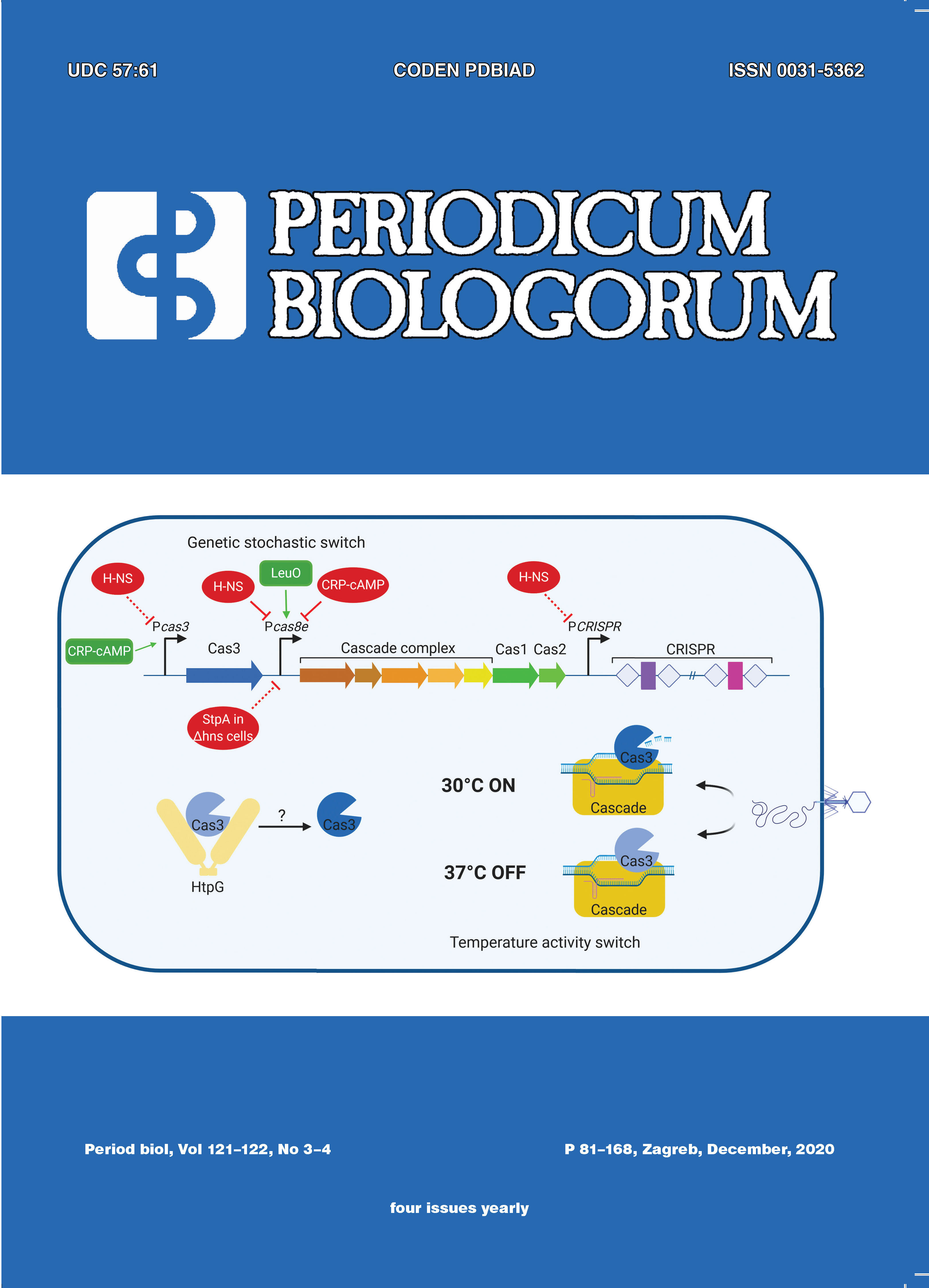Puzzling functions of HSV-1 miRNAs in productive and latent infection
DOI:
https://doi.org/10.18054./pb.v121-122i3-4.10561Abstract
Herpes simplex virus (HSV) is a widespread human pathogen able to cause a broad spectrum of diseases of varying severity. HSV-1, and closely related virus HSV-2, employ a number of functions to evade host defense mechanisms and tailor the cellular environment during their complex life cycle comprised of productive and life-long latent infection. Once the latency is established, the virus can periodically reactivate in response to different stimuli and cause recurrent disease. Despite being one of the most intensively studied viruses, many biological aspects involved in the control of the lytic-latent switch and regulation of viral and host gene expression remained unclear. Discovery of the HSV-encoded miRNAs, a class of small regulatory RNAs, led to the hypothesis that they could have a central role in the establishment and maintenance of latency. HSV-1 and HSV-2 encode many miRNAs, differentially expressed during both phases of infection. The functions of HSV-encoded miRNAs have been experimentally addressed by several laboratories; however, the exact roles remain inconclusive. In this review, we will discuss the function of HSV-encoded miRNAs described to date, in terms of their viral and host targets, and the potential significance of such regulation for viral infection.
Downloads
Published
Issue
Section
License
The contents of PERIODICUM BIOLOGORUM may be reproduced without permission provided that credit is given to the journal. It is the author’s responsibility to obtain permission to reproduce illustrations, tables, etc. from other publications.


